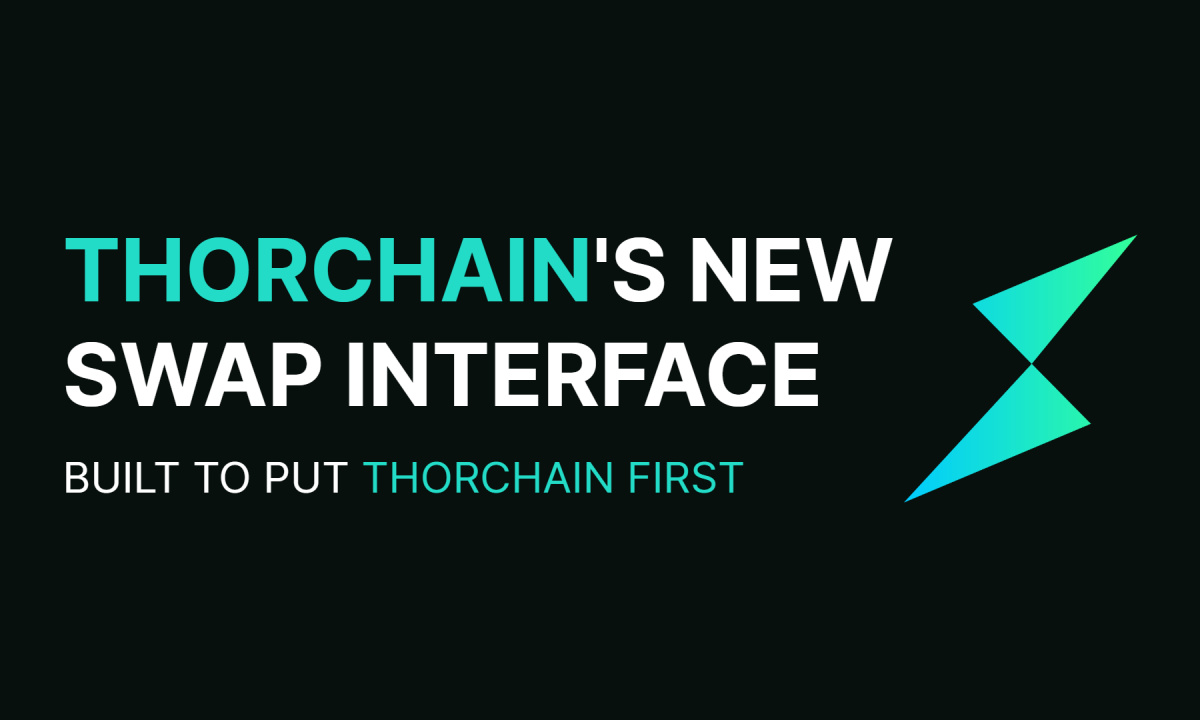Play-to-Earn (Play2Earn) games are a unique gaming concept that revolutionizes the traditional gaming industry by allowing players to earn valuable in-game assets and generate income through their participation. This innovative gaming model has become more accessible to the general public with advancements in technology, particularly in the blockchain universe.
In the past, games were limited to specific locations with arcade machines, where players would compete for high scores using quarters. However, technological advancements have transformed the landscape of gaming, enabling games to be played on various platforms such as smartphones, home computers, and gaming consoles like PS5 and Xbox.
The play-to-earn model has gained significant popularity, especially within the blockchain community, as it offers players the opportunity to not only enjoy gaming but also earn real value from their in-game activities. By participating in these games and contributing to the in-game ecosystem, players can create value for other gamers and developers while earning valuable digital assets.
These digital assets, which range from coins to accessories, are tokenized on the blockchain. Tokenization involves representing these assets as unique digital tokens, often called non-fungible tokens (NFTs), which are stored on the blockchain. This means that the ownership and scarcity of these assets can be easily verified and maintained.
A notable example of a play-to-earn game is Axie Infinity. In this game, players can acquire, breed, and battle with adorable creatures called Axies to win rewards. Each Axie is a unique digital collectible known as an NFT. Within the game, there is an entire economy called Lunacia, where users can acquire land and breed Axies using in-game tokens like Smooth Love Potion (SLP) and Axie Infinity Shard (AXS). These tokens also have utility in the real world, making the play-to-earn model even more appealing.
The impact of play-to-earn games, such as Axie Infinity (AXS), has already been significant, providing people around the world, particularly those affected by the current pandemic, with a reliable source of income. For example, in the Philippines, players are earning $1,500 to $2,000 per month just by playing Axie Infinity as a hobby. Many individuals in Vietnam have even quit their full-time jobs due to the substantial earnings from these games.
Other notable play-to-earn games include Lost Relics, Splinterlands, CryptoBlades, DogemonGo, and Sorare. These games offer unique experiences and opportunities for players to earn income by participating and contributing to their respective in-game ecosystems.
The rise of play-to-earn games is closely tied to the growing market for NFTs. Non-fungible tokens represent digital assets that are indivisible and unique, making them perfect for representing in-game items, collectibles, and virtual land within play-to-earn games. The NFT market has already exceeded $2.5 billion in sales in 2021 alone, and this number is expected to grow exponentially as more NFT games enter the market.
The boom in NFTs and play-to-earn games is creating new revenue streams within the blockchain world, and it may soon surpass other major industries. These games not only provide an avenue for players to earn income but also contribute to the growth and development of the blockchain ecosystem as a whole.














